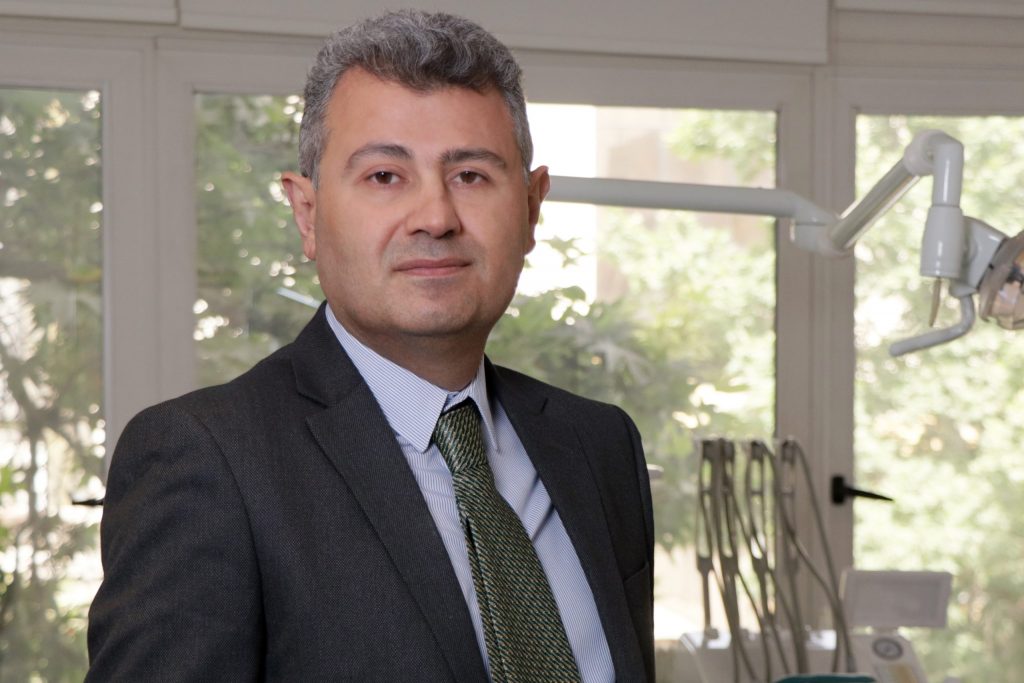Otoplasty Postoperative Cares
Introduction
The following is a list of general instructions for your care following your Otoplasty. Please read them carefully several times as most of your questions should be answered here. Carefully following these instructions should help you get the best results from your procedure.
Daily Care
Your dressing after surgery will remain on until the following morning. It is important to relax and keep your head elevated the night after surgery. Your dressing will be removed the morning after surgery. At that point we will review your care:
Septoplasty Postoperative Cares
Elevation of the head and resting in a recliner or using two or three pillows while sleeping helps in reducing bleeding & swelling.
Taking a shower with lukewarm (not hot) water and an attendant should always be at hand as sudden feeling of drowsiness and fainting can occur.
Some bleeding can be expected for two to three days after surgery.
Botox Injection Postoperative Cares

Botulinum Toxin (Botox) Post-operative Instructions
Congratulations on receiving one of the most fascinating cosmetic procedures today. Your recovery period should be simple, carefree, and easy. You will begin noticing an effect in 2-3 days and maximal effect occurs at around 2 weeks. The results will last 2-6 months, but can be variable. The effect can also be titrated up or down depending on the result you have.
Belpharoplasty Postoperative Cares

Call our office promptly if:
You have a temperature over 38
There is unusual bleeding or discharge from the incision
You have any change in Vision
You have increase in pain which is progressive and not easily relieved with medication.
If any of the above you should contact me
Rhinoplasty postoperative Cares

The following instructions are designed to answer most questions that arise regarding the “do’s” and “don’ts” after surgery. You and your family should read these several times to familiarize yourselves thoroughly with them. Attempt to follow them faithfully because those who do so generally have the smoothest postoperative course. This, of course, favors proper healing. […]
Otoplasty

Otoplasty involves the reshaping, repositioning, and restructuring of the ears. This procedure helps both children and adults who have cup shaped ears that excessively protrude from the side of the head, as well as other ear abnormalities.
When Should Otoplasty be Performed?
Otoplasty can make a dramatic difference in the lives of both adults and children. Children benefit immensely from otoplasty when parents elect to have the procedure performed just before they reach school age. Otoplasty can be performed at our office when a child is as young as five or six-years-of-age. At that time, a child’s ears have developed to approximately their full size.
Septoplasty

Septoplasty is a corrective surgical procedure done to straighten the nasal septum, the partition between the two nasal cavities. Ideally, the septum should run down the center of the nose. When it deviates into one of the cavities, it narrows that cavity and impedes airflow. Often the inferior turbinate on the opposite side enlarges, which is termed compensatory hypertrophy. Deviations of the septum can lead to nasal obstruction. Most surgeries are completed in 60 minutes or less, not including recovery time.
Botox injection

Botox® Cosmetic is the FDA approved treatment everyone’s talking about, used for dramatic reduction of the toughest wrinkles. It’s in the news, in fashion and health magazines, and on TV. You likely know someone whose uses it.
While Botox® Cosmetic has many medical uses; it is used most commonly for relaxation of the furrowed brow and elimination of crow’s feet. Alternate uses include long-lasting treatment for sweaty palms, excessive underarm perspiration, and even for reduction of ‘the gummy smile’. Depending upon its use, the effects of Botox last several months.
Belpharoplasty

Belpharoplasty Postoperative Cares
Call our office promptly if:
You have a temperature over 38
There is unusual bleeding or discharge from the incision
You have any change in Vision
You have increase in pain which is progressive and not easily relieved with medication.
If any of the above you should contact me
Gel injection
Under Construction


